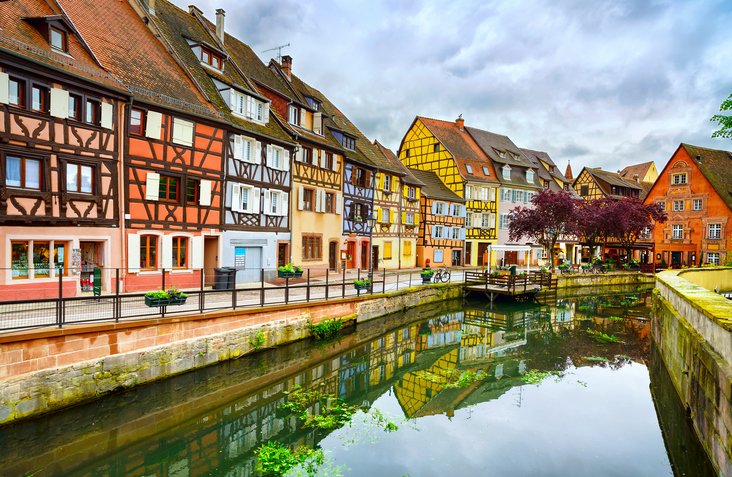Usually, when we think of Europe in the era of the Middle Ages, the first things that come to mind are the numerous stories of folk heroes, the countless romantic images of brave knights, the legends of the rise and fall of many Kings and Queens, some of the most beautiful pieces of architecture, including royal courts and grand castles, witch hunts and executions, and of course, the charming European medieval towns, many of which are quite well preserved and offer a glance at the lives of the people who lived there for centuries in the past.
Modern Europe as we all know is home to some of the largest and most technologically advanced cities around the globe. However, the Old Continent is also packed with amazing fairytale-like medieval cities which patiently wait to transport you into a whole new world and another era, with the town of Colmar in France being one of the most stunning examples.
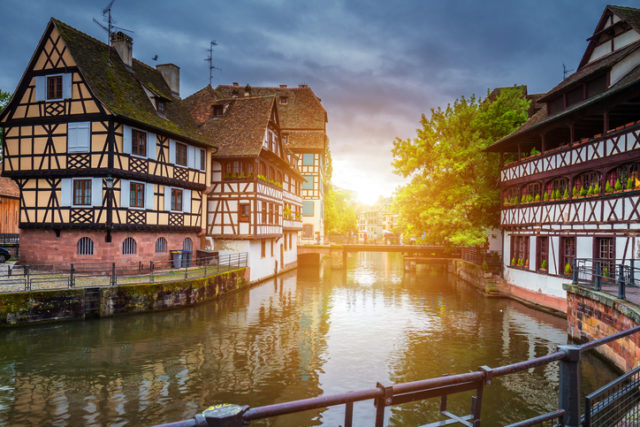
Nestled amid the vineyard-covered foothills of the southern Vosges Mountains in north-eastern France, the charming town of Colmar houses an abundance of historic wealth and ” feast for the eyes” architecture.
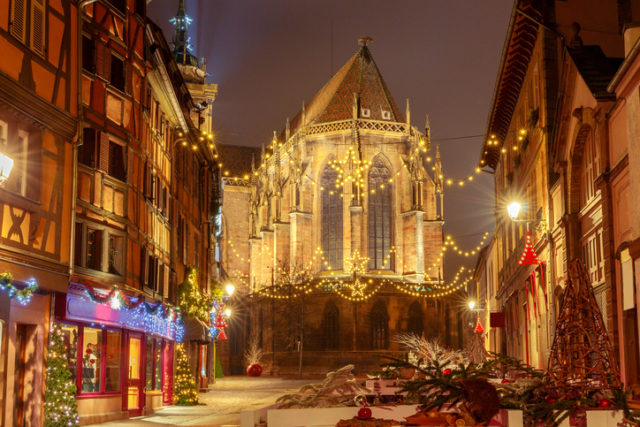
Located on the Alsace Wine Route, about a stone’s throw away from the border of Germany, the picturesque old town that looks like a magical place straight out of your favorite fairy tale proclaimed itself as Capitale des vins d’Alsace, or the “capital of Alsatian wine.”
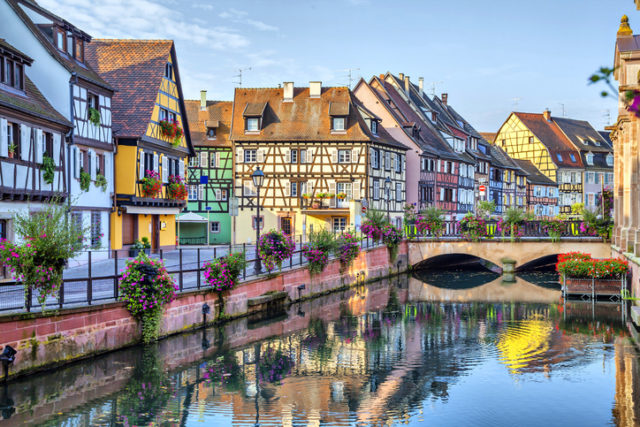
Aside from the lavishness of Alsatian wine, Colmar is also renowned for its superbly preserved old town, adorned with timber-framed wood houses that reflect an exceptional blend of Germanic and French architecture. Perhaps the most famous among the many timber-framed houses is the one known as the Adolf house. Constructed sometime in the first half of the 13th century, the Adolf house is believed to be the oldest in the town.
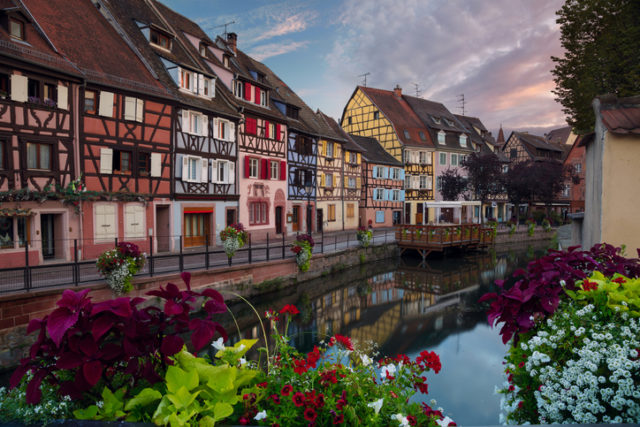
The grotesque House of Heads is another architectural marvel and a “must” venue for anyone interested in German Renaissance style. The name of the three story building derives from the 106 heads or grotesque masks which decorate the façade, adding mysticism to its exterior and making it almost impossible for one not to be impressed by the beauty of the House of Heads.
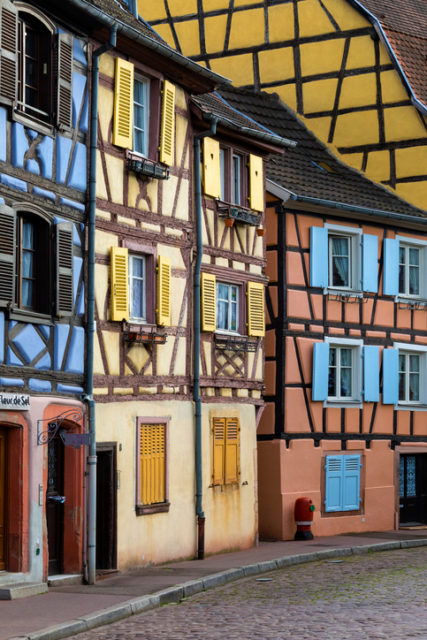
A captivating maze lined with traditional Alsatian Burghers’ houses and cobblestone streets, crossed by canals of the River Lauch, Colmar is famously dubbed “The Little Venice of Alsace” or (La Petite Venise).
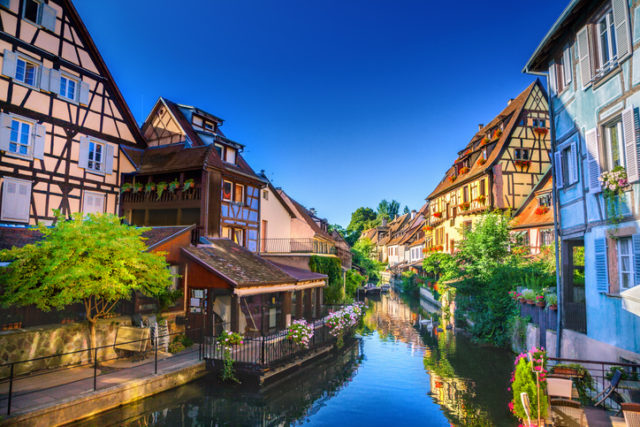
The first to mention the town of Colman is Notker Balbulus, who writes about it in a chronicle of the Saxon wars at the beginning of the 9th century. It took several more centuries before the town of Colmar was finally granted the status of a free imperial city by the Holy Roman Emperor Frederick II.
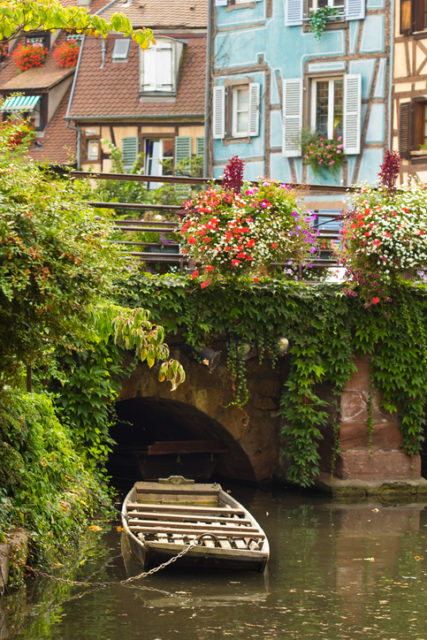
In 884, the Carolingian Emperor Charles the Fat chose Colmar as a perfect location to hold a diet (political assembly) after inheriting West Francia following the death of his cousin.During the Thirty Years War, Colmar fell into the hands of the Swedish army in 1632, who held the town for two years.
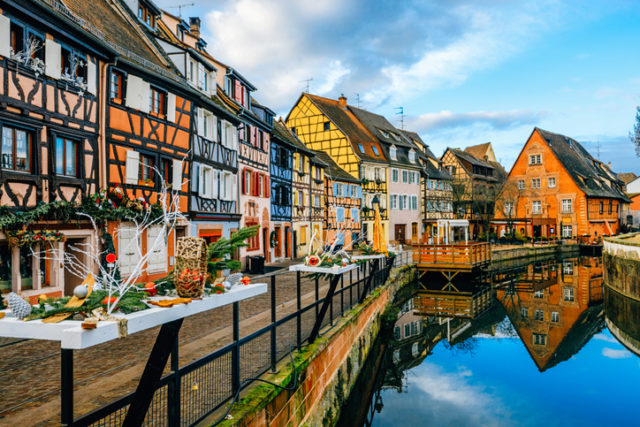
Shortly afterward, Colmar’s harvest was impoverished by Imperialist forces who were shot by the residents from the walls of the city. King Louis XIV conquered the city in 1762 and Colmar was officially ceded by the 1679 Treaties of Nijmegen. In 1871, as an outcome of the Franco-Prussian War, the newly formed German Empire annexed Colmar with the rest of Alsace and integrated it into the Alsace-Lorraine province.
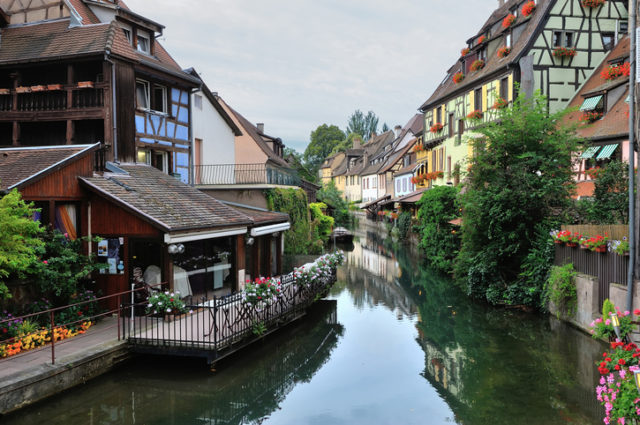
The French got back their city after World War I, but it was again annexed by Nazi Germany 1940, and once again returned to France after the Battle of the Colmar Pocket in 1945.
Despite its turbulent history, Colmar was largely spared from the destruction of the French Revolution and managed to keep the authentic old town, which is favorite among the tourists.
